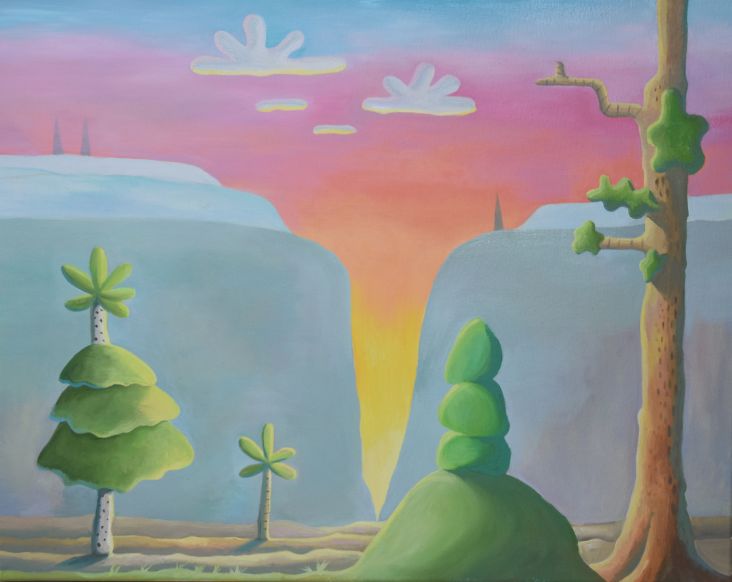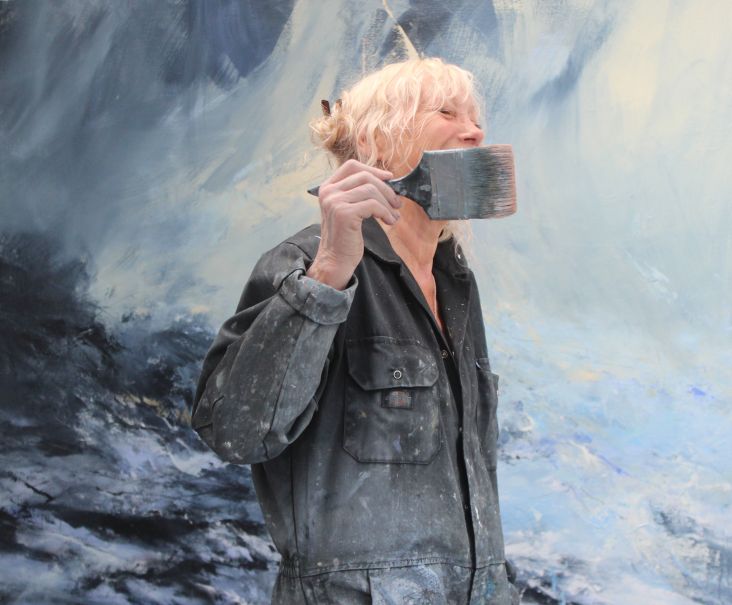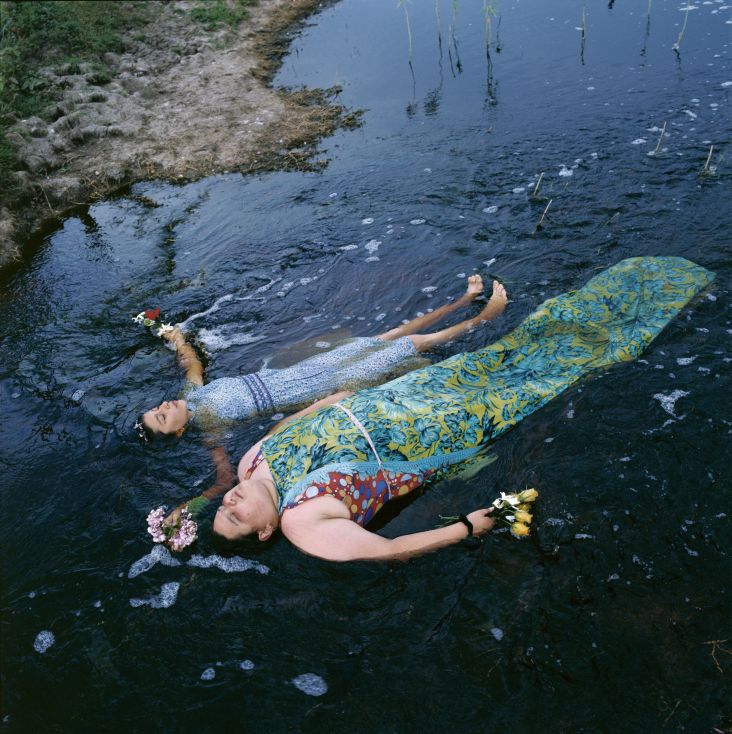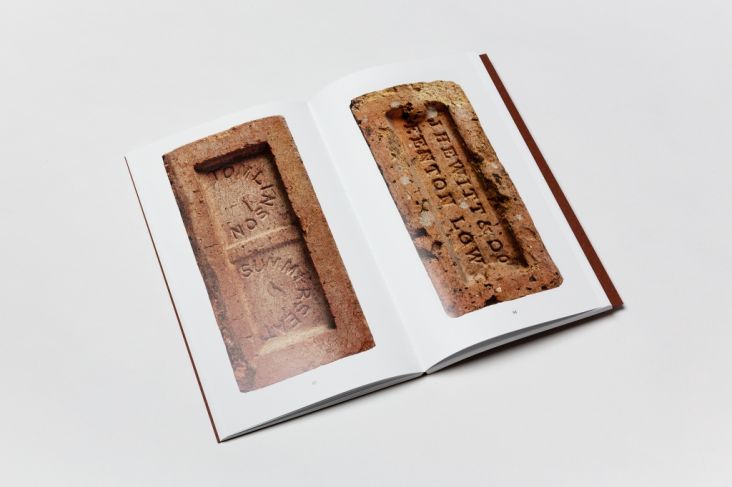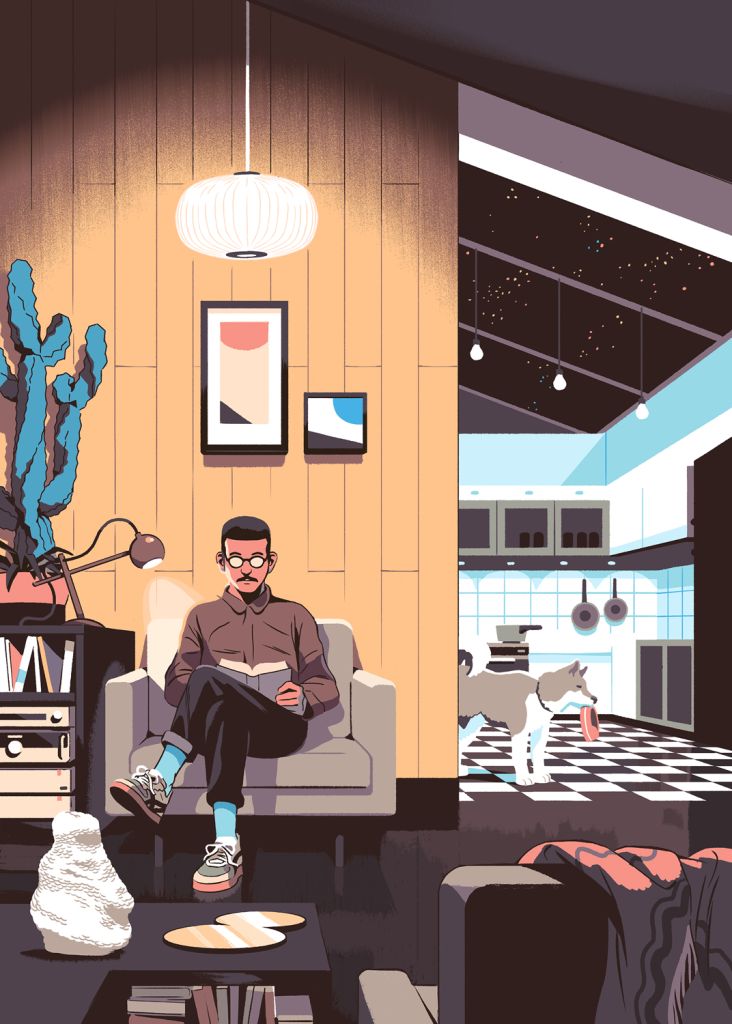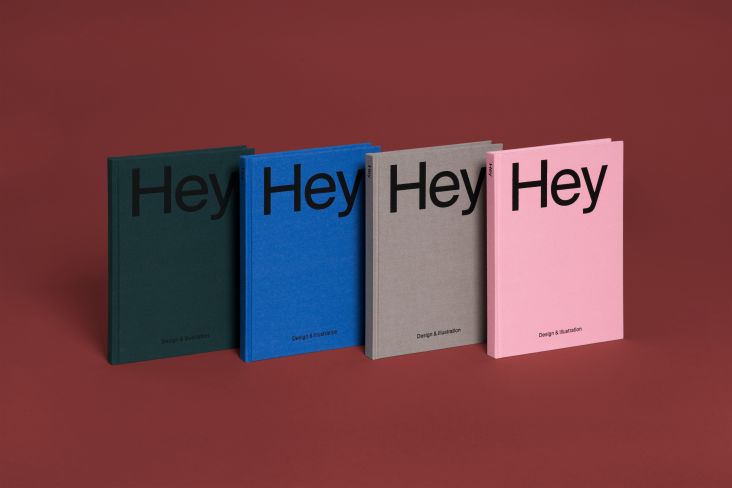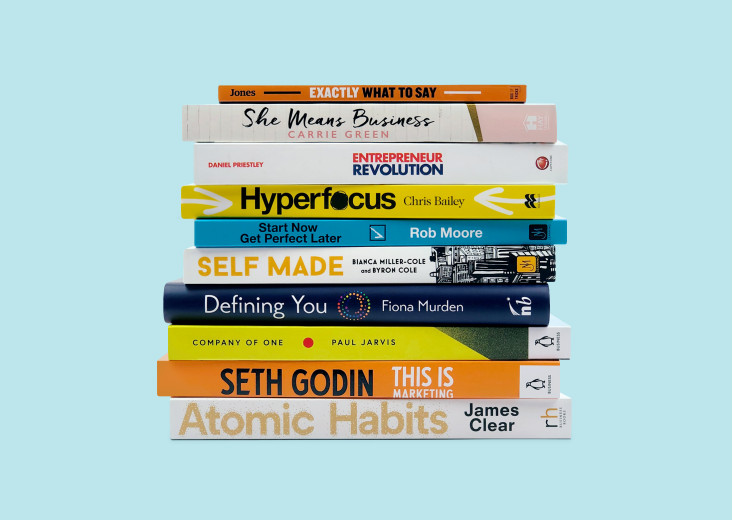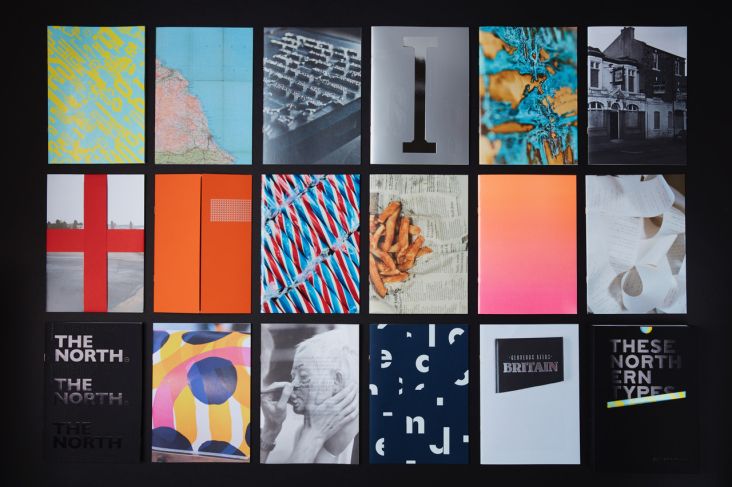David Schwarz of Hush reveals his top five books to help with design and creative thinking
David Schwarz is an award-winning creative leader who’s spent his career designing brand experiences that integrate content, interactivity, architecture and technology.
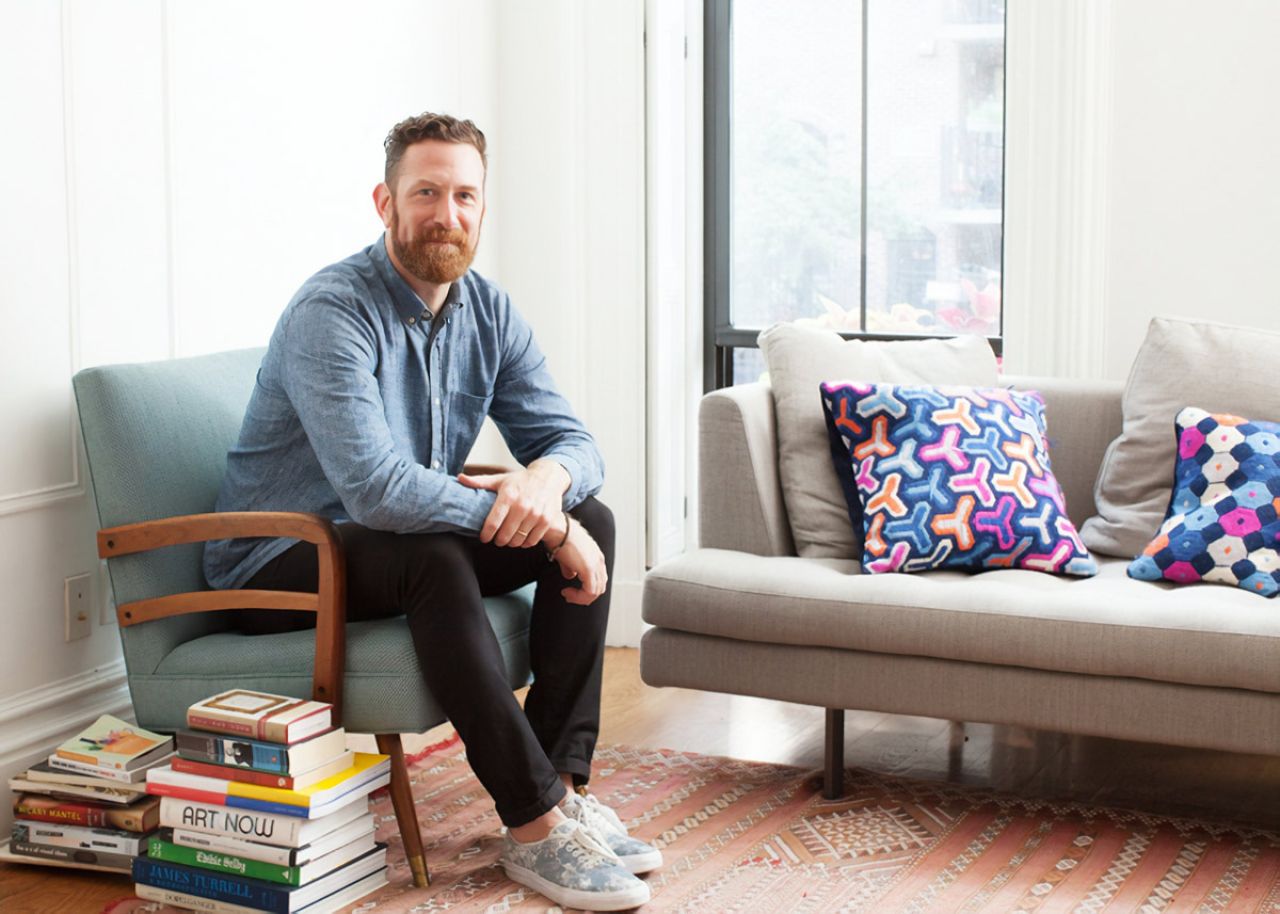
© Kristin Gladney
Featured in a load of reputable publications and a regular speaker on the conference circuit, he's also a mentor at New Inc, an incubator programme for art, technology, and design at New Museum in New York.
Part of the team at Hush, an experience design agency in Brooklyn that works with Google and Instagram, we chatted to David about what he loves to read.
"When I was young, I wanted to own every large print edition of beautiful artwork, images and spreads. I wanted to have a piece of that visual history, immovable, archived in the pages. But now, my visual collection is digital – as with most everyone," said David. "As I get older, my interest in inspirational books has shifted. My rationale in having the tactility of the book is motivated by ideologies, words and theories that support and inspire – more than pure images."
Here, David shares his top five books of all time and talks through why each title is a must-have.
1. Seeing Is Forgetting the Name of the Thing One Sees by Lawrence Weschler
Robert Irwin has had an amazing (and often hidden) career. These interviews with him, over the course of many years, represent some deep thinking about the purpose of his work and the artist in society.
On the thought of an "artist's purpose": "If you give an engineer a set of criteria which does not include a quality quotient... he will basically put the road straight down the middle. But if I can convince him that quality is absolutely a worthwhile thing... he’ll provide quality in that the road works, I’ll provide quality in that it passes by the river." – Robert Irwin
2. Donald Judd Writings by Caitlin Murray and Flavin Judd
I've loved Judd as an artist for a long time. A visit to his Soho apartment, frozen in time, doubles down on my interest in him. But with even a little digging, it becomes really clear that calling him an artist is an over-simplification.
He has a view on the world that comes, optically, through his creation and division of space. However, his writing is where we truly understand his point of view on the world, from art to politics to economics. In his writing, he's hyper-aware and hypercritical but always pointed at a north star.
3. Design as Art by Bruno Munari
This inspires and reminds me that what we see and how we see it is in the hands of the designer to make, manipulate and improve. Nothing is just as it is. Everything suggests meaning, whether engineered or by accident.
4. Isamu Noguchi: Playscapes
The built environment is often rigorously functional. Noguchi's work around playgrounds and parks reminds me that injecting an element of play into even commercial and business-driven spaces creates the catalyst for interaction, participation and memory.
5. Flow: The Psychology of Optimal Experience by Mihaly Csikszentmihalyi
I spend a lot of my time engaged in creative thinking. But I spend a lot more of my time trying to figure out a way I can get my teams to achieve their own "flow state" – be in the moment, time-independent, completely immersed in thinking/making activities.
This is really hard to achieve on both sides but as a business owner and creative leader, the faster I can get my team into the right headspace the more enjoyable it will be for them, and the more prodigious their output.

















